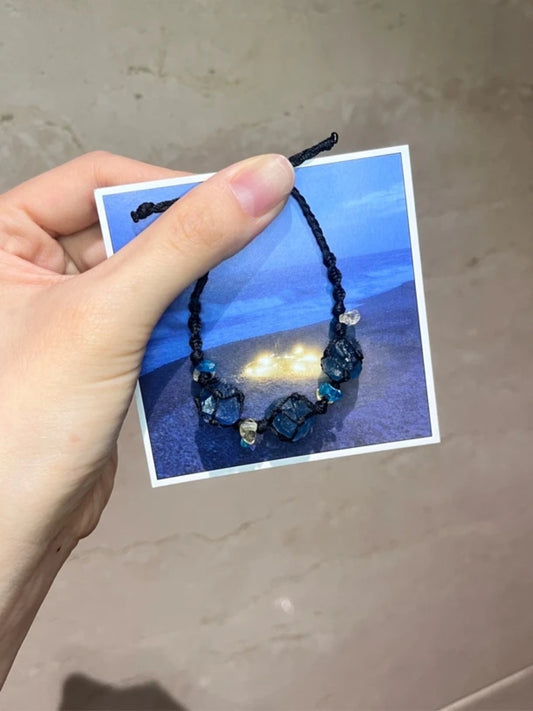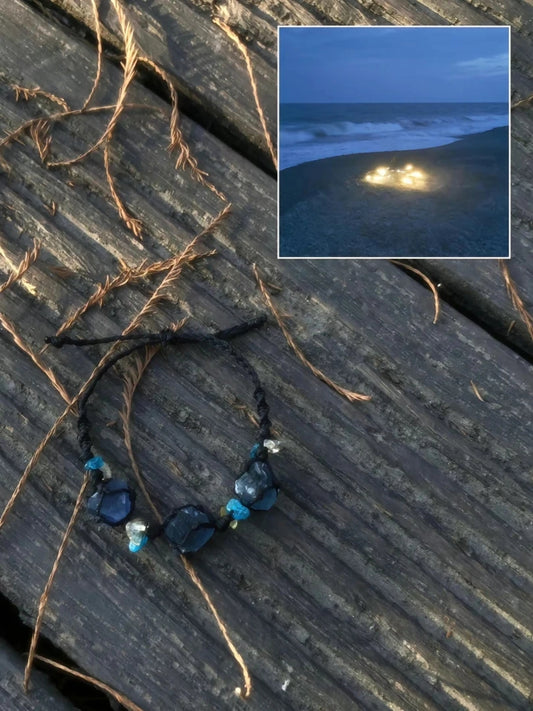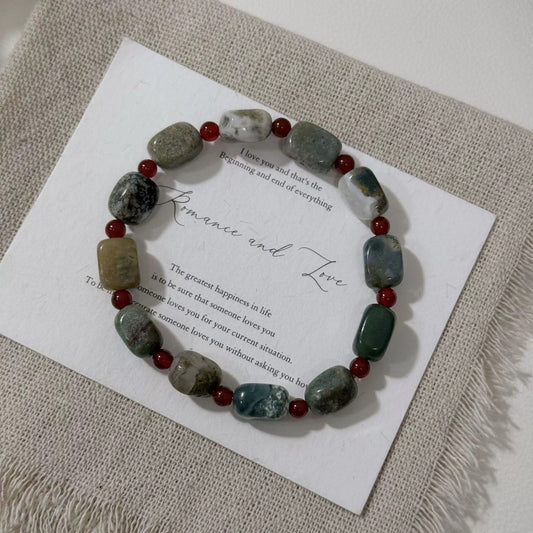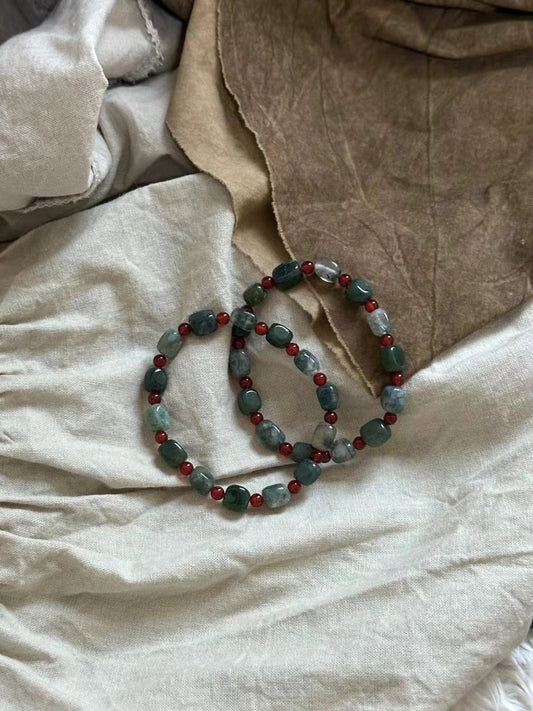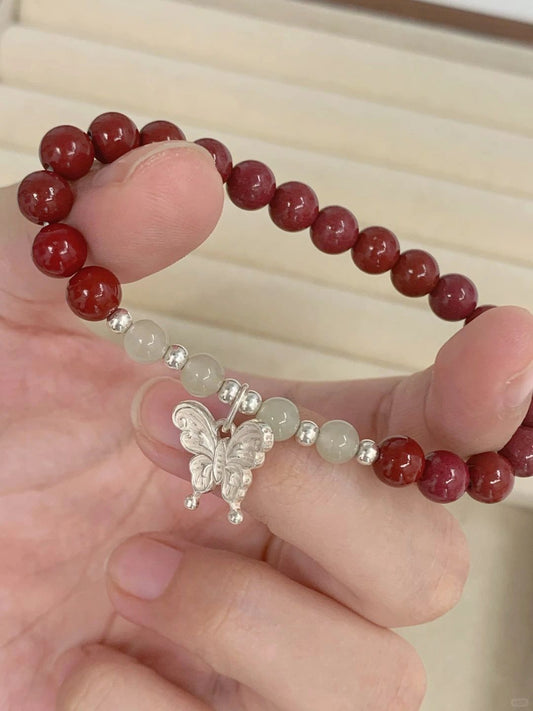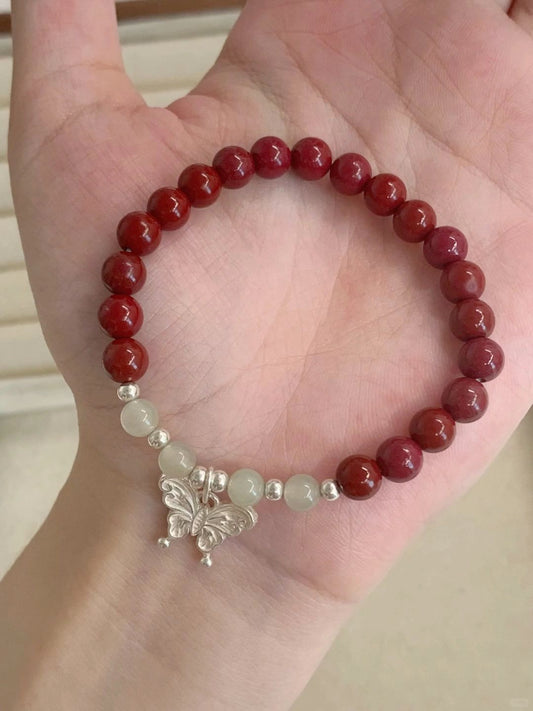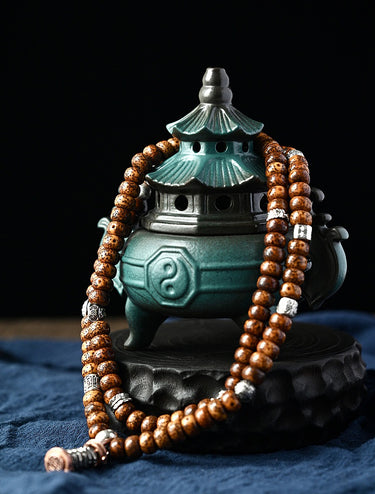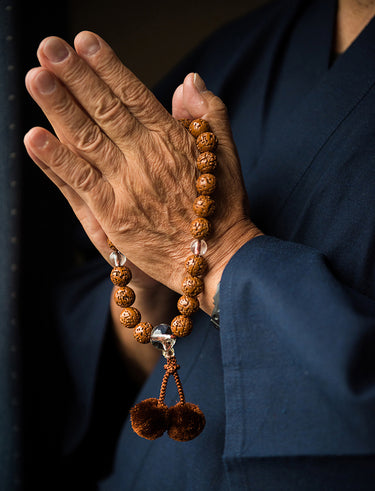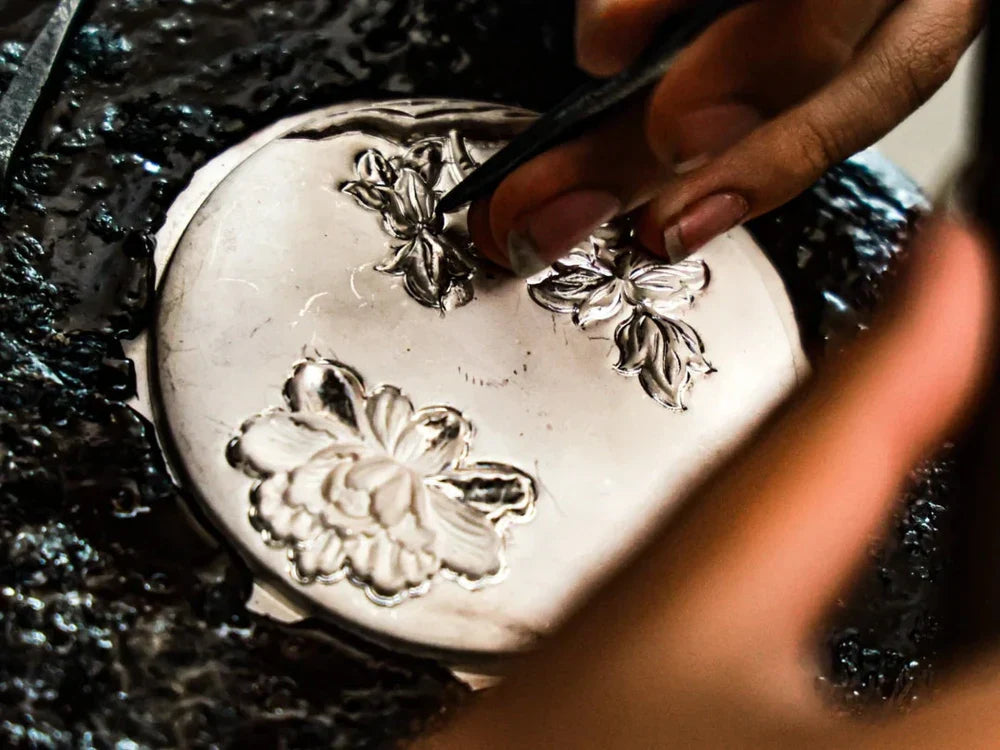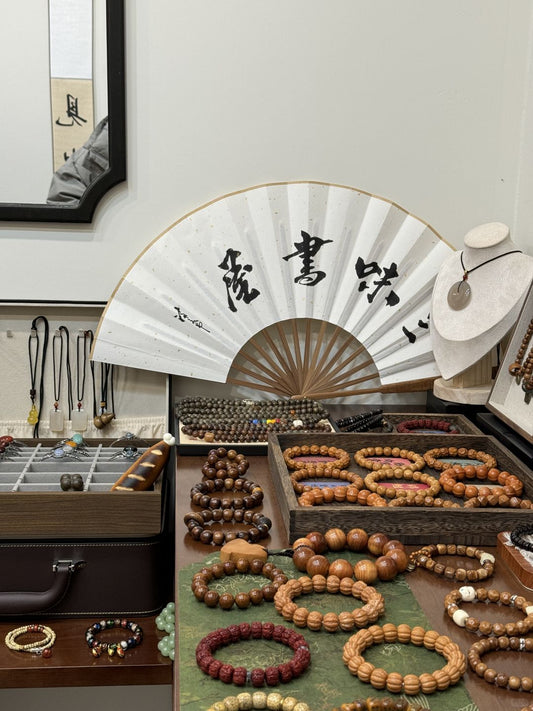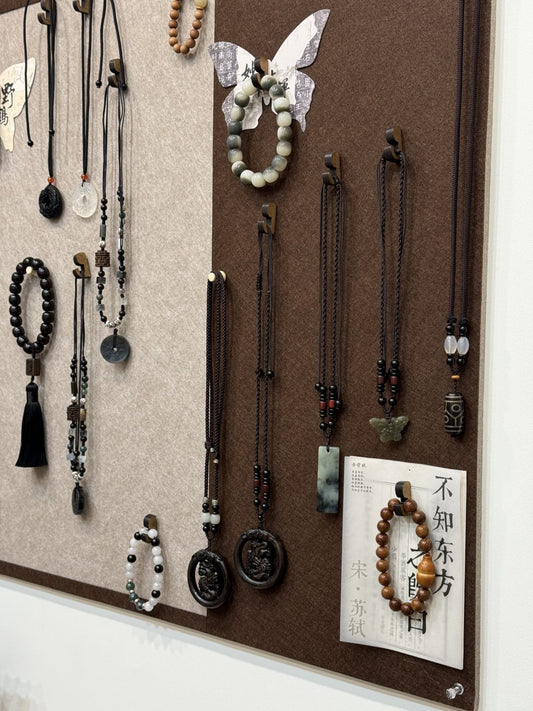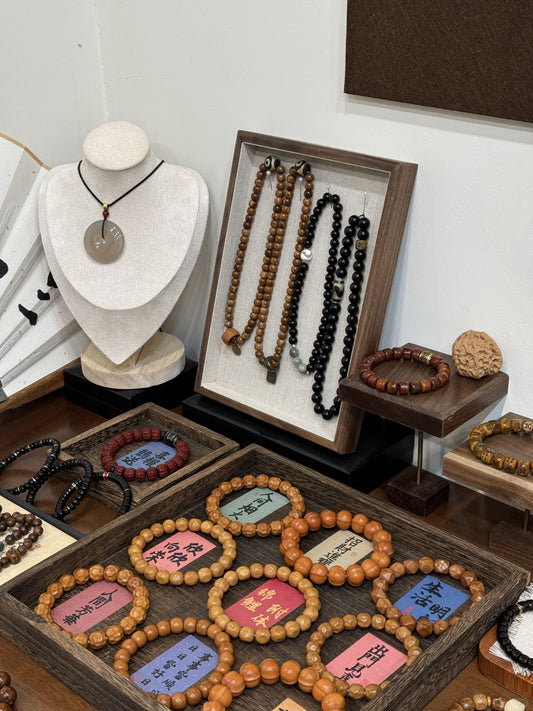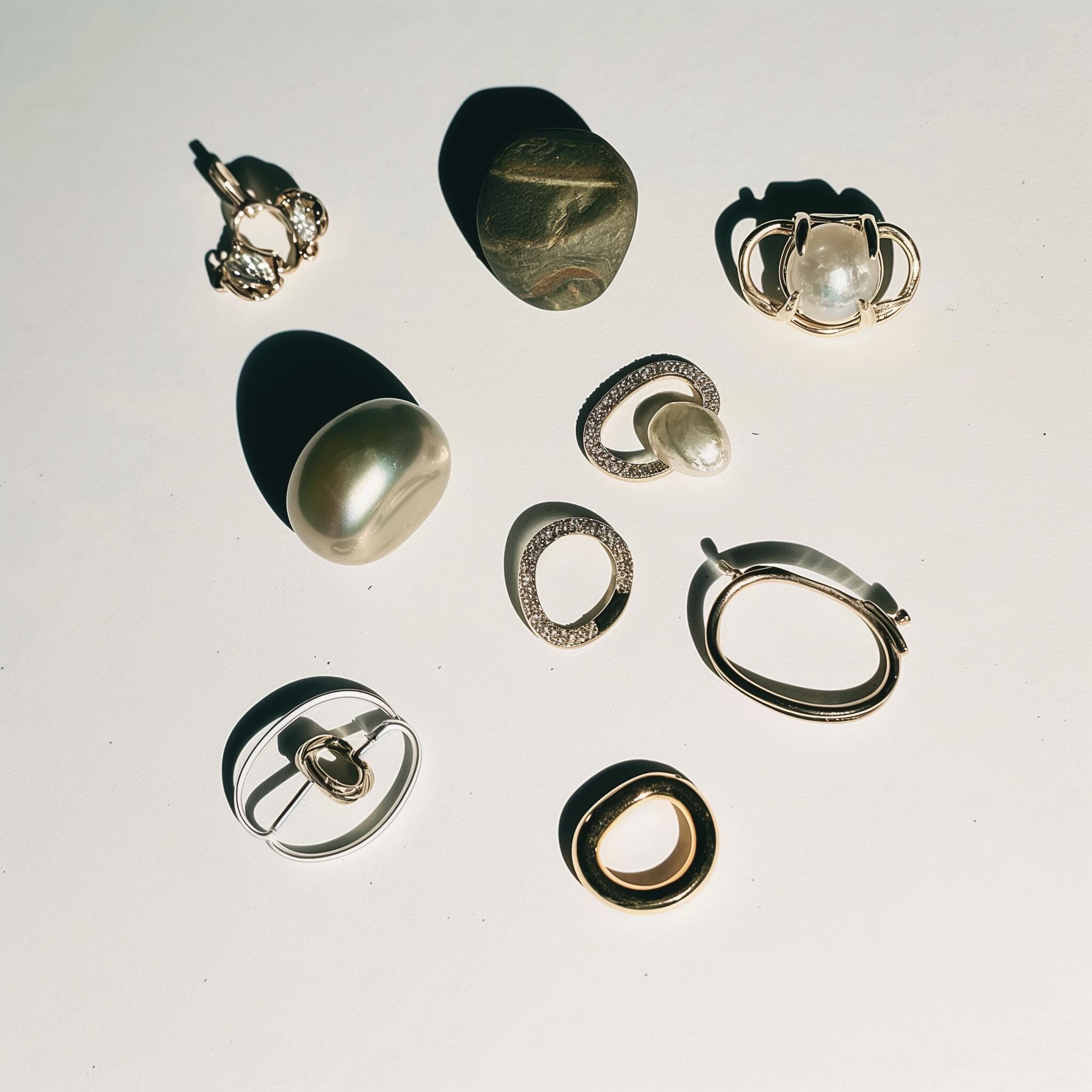Mantras in Metal: How Sound Vibrations Shape Sacred Engravings
When you wear a piece of Tibetan Buddhist jewelry, especially one etched with sacred mantras like Om Mani Padme Hum, you’re carrying more than just a symbol—you're holding a vibration. At Mabge shop, our artisan-crafted pendants are not only shaped by skilled hands but also by sacred sound. Surprisingly, science is beginning to confirm what traditional Tibetan silversmiths have known for centuries: sound leaves a physical trace.
Let’s take a closer look at how mantras and metal engraving intersect, blending ancient spirituality with modern acoustic research—revealing why your mantra pendant may resonate with more than just symbolic meaning.

1. Chanting While Carving: A Ritual in Rhythm
For Tibetan metalworkers, especially those creating hand-engraved mantra jewelry, the act of engraving isn’t merely mechanical. It’s meditative.
Artisans often chant mantras aloud or silently while hammering. In particular, a mantra like "Om", the seed syllable of universal vibration, is matched with the rhythm of their tools. For instance:
-
Three strikes per second is the most common rhythm observed—closely aligning with the natural frequency of the “Om” vibration, which averages around 136.1 Hz in Western tuning systems.
-
The artisan’s breathing and mantra recitation synchronize with the chisel’s rhythm, creating a flow state where each blow becomes a prayer.
This practice doesn't just guide concentration—it infuses the metal with intentional vibration, echoing the belief that form and energy are interconnected. Much like chanting over water alters its crystalline structure, rhythmic mantras during engraving may subtly shape the metal’s micro-patterns.

2. MIT Acoustics Lab: How Vibrations Affect Metal Surfaces
In 2023, researchers at the MIT Acoustics & Vibration Laboratory conducted an exploratory study into the relationship between sound frequencies and etched patterns on metal surfaces.
Key findings include:
-
Micro-vibrational resonance caused by specific sound frequencies can influence the depth and spread of fine metal particles during engraving.
-
When metal is engraved under rhythmic, repeated vibration—such as chisel strikes matched to a chant—the resulting groove patterns differ from those carved in silence or at random pace.
-
“Om” frequency vibrations caused micro-bending in the etched grooves, forming a wave-like pattern observable under high-resolution microscopy. These patterns could amplify resonance when worn near the body.
In essence, sound leaves a fingerprint. And when sacred sound guides the creation of a mantra pendant, that fingerprint becomes a vibrational blueprint—aligning the object more deeply with spiritual intention.
3. Mantra Engravings as Resonant Tools
From a spiritual perspective, Tibetan mantra jewelry is meant to be more than decorative. It serves as a vibrational tool—a wearable reminder of spiritual principles and an amplifier of mindful energy.
Consider this:
-
Mantras like “Om Mani Padme Hum” are not only visually beautiful but acoustically alive. When engraved with chanting, they carry the resonance of both intention and action.
-
Wearing a mantra-engraved pendant near the chest—especially over the heart chakra—can help the body “remember” those frequencies, encouraging inner balance and focus.
At Mabge Aura, each hand-engraved silver pendant, whether depicting Green Tara, Vajra, or Om symbols, reflects this harmony between sound, symbol, and substance. The slight irregularities in hand carving—those unique imperfections—are actually harmonic signatures, born from breath, chant, and repetition.

4. Beyond Ornament: A Physical Meditation
Here’s what makes Tibetan Buddhist jewelry different from typical metalwork:
-
Intentional Engraving: Unlike machine-stamped designs, each hammer strike in Tibetan tradition is made with awareness. This is especially true when carving sacred syllables or deity names.
-
Mind-Body Connection: The repetition of hammer strikes acts like a metronome for breath and mantra. This induces trance-like focus, not unlike traditional drumming or chanting meditation.
-
Sacred Geometry & Sound: When analyzed, many hand-engraved mantra symbols conform to natural harmonic patterns—as if the vibrations subtly guide the artisan’s hand into flowing symmetry.
Over time, just as sound etches memories into our minds, mantras etch resonance into metal. That’s why many believe that the spiritual energy of the piece doesn’t begin when it’s worn—it begins when it’s made.
5. How to Connect With Your Engraved Jewelry
If you own a mantra-engraved pendant, here are ways to deepen your connection with it:
-
Chant While Wearing It
Recite the mantra engraved on your pendant. Let the vibration of your voice resonate through the metal. This practice is said to “reawaken” the carving’s original energy. -
Tap and Listen
Gently tap your pendant with your fingernail and listen to the subtle tone. Some wearers report distinct tonal differences in hand-engraved pieces, a reminder of their acoustic origins. -
Trace the Lines with Intention
Close your eyes and run your fingers over the engraved characters. Each groove can be a path of meditation, a mantra in metal guiding you back to presence.

Conclusion: The Living Song in Silver
When metal meets mantra, the result is more than craftsmanship—it’s vibrational art. The artisans of Tibetan culture understand that engraving isn’t only about aesthetics. It’s about carrying forward sound as sacred structure—transforming silver and copper into living, humming vessels of meaning.
Science is beginning to catch up, offering glimpses into how sound interacts with matter in ways our ancestors may have intuitively known. At Mabge shop, we honor this ancient wisdom in every Tibetan silver mantra pendant we offer. Each piece carries a story, a rhythm, a resonance—and perhaps, the lingering echo of “Om”.









































































































